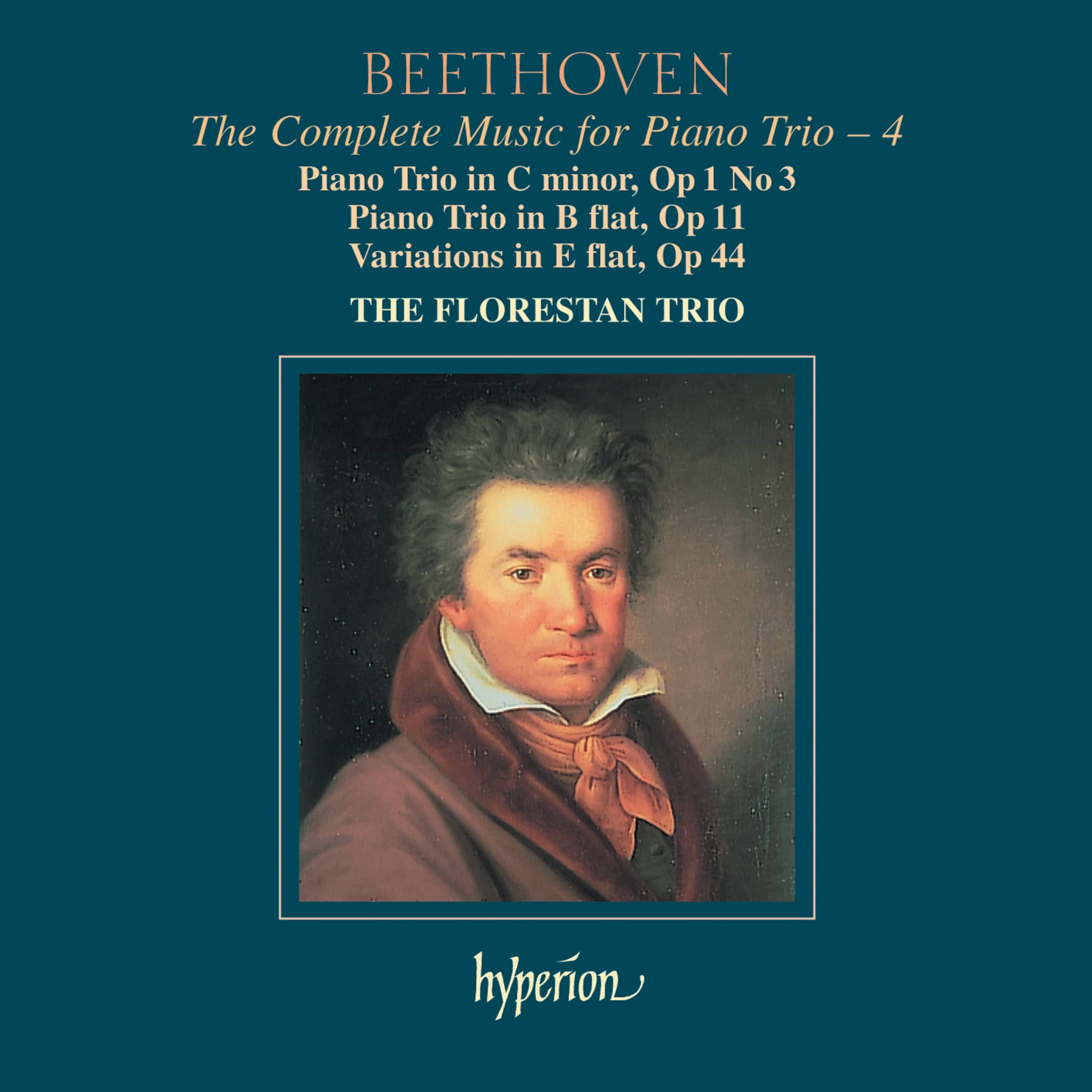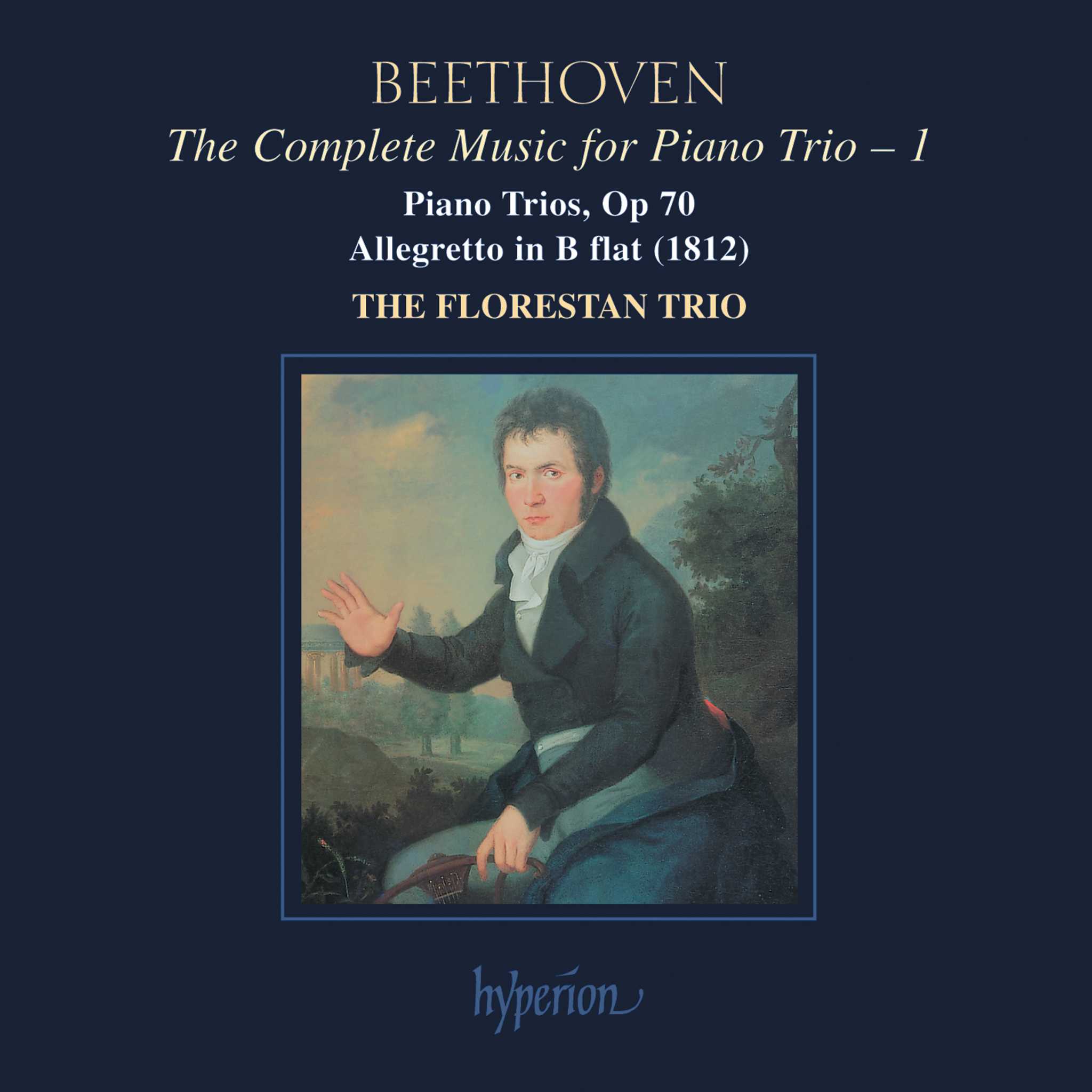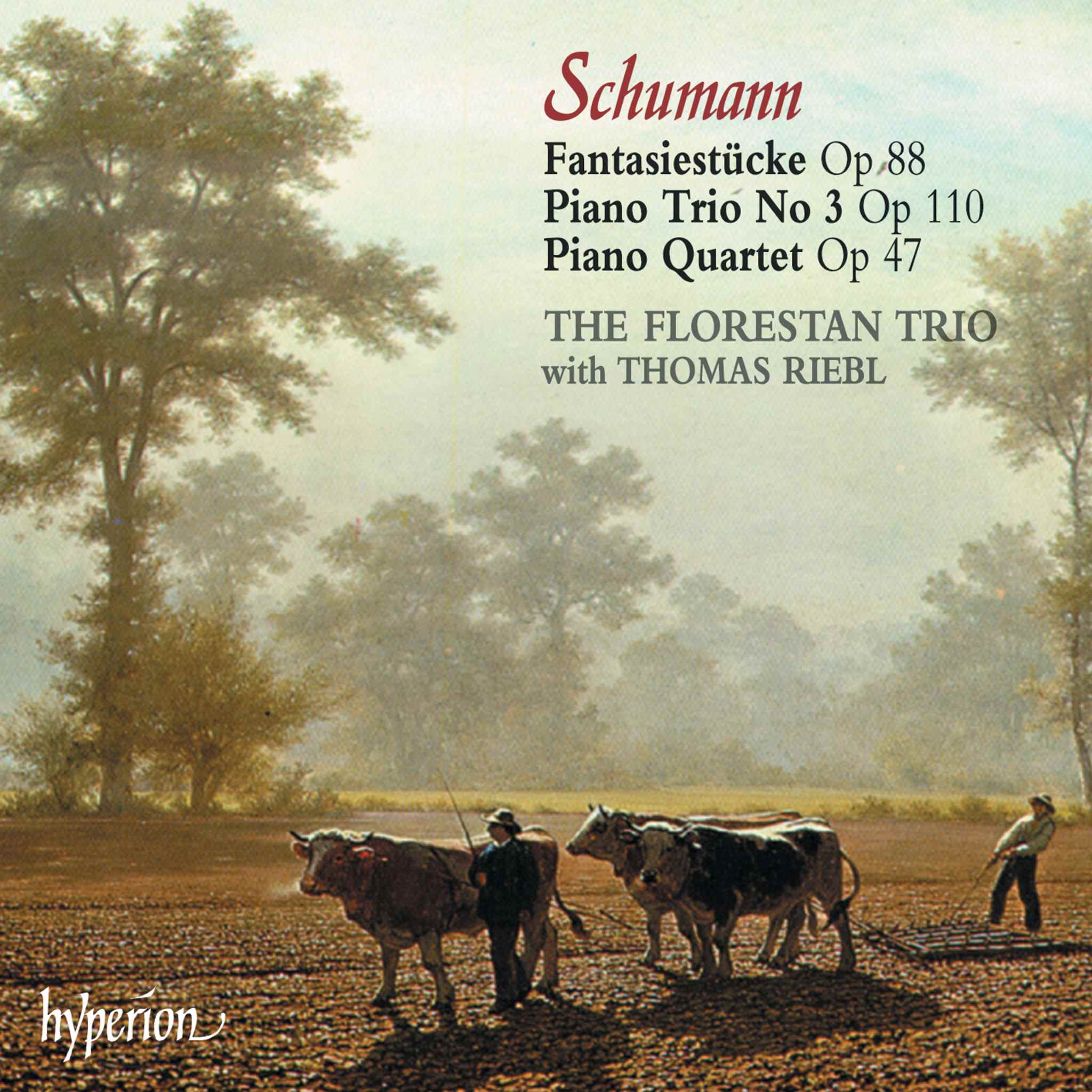Album insights
Paweł Szymański (born 1954) and Paweł Mykietyn (born 1971) may not be as well-known as pre-World War II Polish composers like Witold Lutosławski, Krzysztof Penderecki, or Henryk Mikołaj Górecki. Yet, in Poland, Szymański and Mykietyn have long been seen as pioneers of a new direction in Polish music, excelling in chamber, orchestral, choral, vocal, operatic, theatrical, and film music.
Szymański achieved a breakthrough in the late 1970s after studying under prominent composers in Warsaw and Vienna. His music showcases a unique aesthetic approach with an ironic and sometimes unsettling distance from past conventions. He employs a fully developed counterpoint in his compositions, often interspersed with pauses or blurred into obscurity. His treatment of borrowed or self-constructed material is termed "Ultra-Conventionalism" by him, while others might refer to it as "postmodernism."
Mykietyn, influenced by Szymański's Ultra-Conventionalism, emerged with humorous works like "U Radka" for clarinet, trombone, cello, and piano. Departing from baroque nuances, he explored styles closer to him such as rock, hip-hop, and trip-hop. Noteworthy compositions by Mykietyn include two symphonies and the Markus Passion, blending various musical spheres in a reverse narrative format with Hebrew and Polish texts.
Mykietyn's String Quartet No. 2 (2006) for the Kronos Quartet debuted in Kraków, featuring a one-movement structure with microtonal nuances. The piece unfolds with a fascination for flageolet tones, showcasing a unique integration of traditional and contemporary harmonic elements. The quartet leads into a folk music-inspired atmosphere, highlighting lyrical embellishments and a memorable thematic riff.
Both composers have left a distinctive mark on contemporary Polish music through their innovative approaches, exploring diverse musical styles and influences within their body of work.






